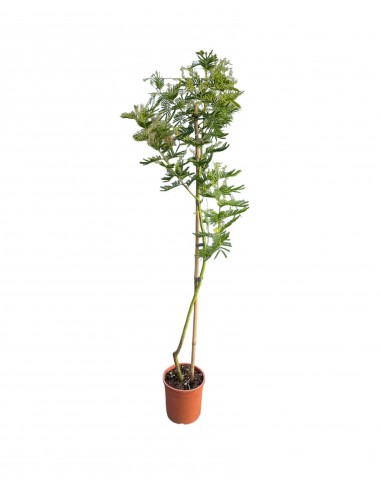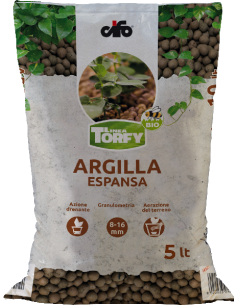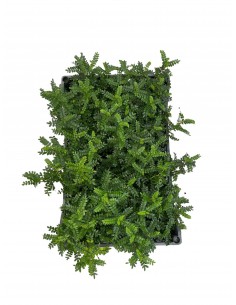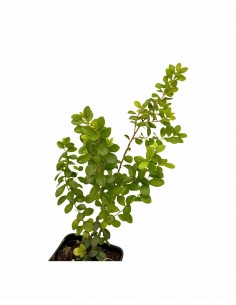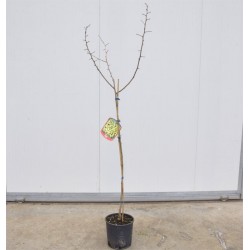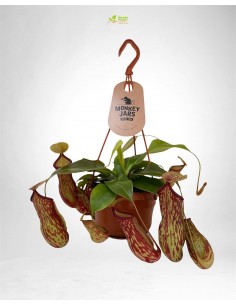copy of Acacia tree
Generalities:
Robinia pseudoacacia, commonly called acacia or black locust, is a plant of the Fabaceae family (legumes), native to North America and naturalized in Europe and widespread in Italy. Very reproductive coppices are found in Lombardy, Veneto and Tuscany. Acacia is known as a very useful medicinal plant in the field of natural remedies and phytotherapy. The extracts of the plant perform antiseptic, anti-inflammatory, astringent and antitumor activity.
Online Sale Acacia Tree, available in the following formats :
- jar 7cm, height 5/15cm
Generalities:
The acacia tree reaches a height of up to 25 meters. It can also have a shrubby habit; in any case it is characterized by a very wrinkled light brown bark and imparipinnate leaves 30 - 35 cm long. The leaves, in reality, are made up of 11-21 smaller and non-toothed ovate leaflets up to 6 cm long, these leaflets are open during the day while at night they tend to overlap. The leaves are visible in the photo above. Acacia flowers are very decorative. They are white or cream colored, small and yellowed centrally. The acacia flowers vaguely resemble sweet pea flowers. The flowers are about 2 cm long, gathered in hanging clusters and give off a pleasant scent with which they attract bees, butterflies and other pollinating insects. From the flowers, pod-shaped fruits are formed, at first green in color and then, with maturation, they become brown. The acacia fruits are about 10 cm long and become dehiscent when ripe. Acacia flowers are edible, in fact they are eaten fried breaded in a sweet batter (water, flour and sugar). Thanks to the abundance of its flowers, acacia is a nectarifying plant of considerable interest in beekeeping. Acacia honey is undoubtedly one of the best known and most appreciated types of honey. It is the most common monoflora honey together with that of orange. The acacia honey marketed in Italy comes mainly from Eastern Europe and China.
Cultivation and Care:
Acacia is known as a very useful medicinal plant in the field of natural remedies and phytotherapy. The extracts of the plant have antiseptic, anti-inflammatory, astringent and anticancer activity. Acacia is a rustic plant, easy to grow. It can be grown in pots or in the ground: obviously if the plant is grown in pots, the dimensions will remain very small. Outside it should be placed in a place sheltered from the wind and in full sun. In the apartment it should be kept in a cool area and in a very bright position, even in direct sunlight. However, it should be kept outdoors from late spring until September, in the garden or on the terrace, even in full sun (to which it should gradually get used to). It is a plant that needs to live in a particularly humid environment, both in summer and in winter. Watering must be abundant and the soil must always remain slightly humid, especially in summer (not soaked).

